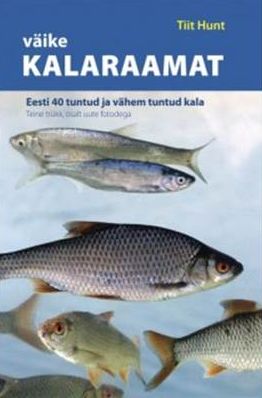Fish Camera
VIDEO: In nature nothing is wasted
Video recorded by Aita, LK forum
Comments Tiit Hunt
Translation Liis
Brown trout; River trout Jõeforell or hõrnas Salmo trutta morpha fario
In the video we see that the female trout who is busy at the spawning ground found a roe grain in the gravel. She “played” with it, taking it into her mouth and then spitting it out again. Whether she finally also swallowed it remains an open question in the video clip.
But certainly brown trout do not destroy the nests of their cospecifics with the purpose of feasting on the roe. It really makes no difference who eats this vagrant roe grain because grains that have been washed out of the nest furrow and carried downstream are doomed to perish anyway. Nature has already taken this in account.
Whatever is edible will not be left to go to waste in nature. The ninespine sticklebacks that live in abundance in this stream will find the unguarded roe grains that roll downstream, and some may fall victim to small crustaceans. In nature nothing goes to waste.
"Väike kalaraamat (Little fish book)“ is an essential helpmate for any beginner fisherman or simply fish enthusiast. The book contains descriptions of 40 fish living in Estonian waters including their habitats, reproduction and feeding.
The author of the book, Tiit Hunt, is a zoologist and nature photographer. He has been photographing live fish in waters for years, so that in his photos we see each fish with its true colours and species characteristics. If it has not been possible to get a photo of the fish in its natural habitat, Tiit Hunt uses an aquarium as complement.
In the revised second edition of "Väike kalaraamat“ the author has changed nearly half of the photos for more recent and better ones. A newcomer to our waters, the round goby (Neogobius melanostomus), also made it into the book.
Publisher Hea Lugu. Available at bookstores.









